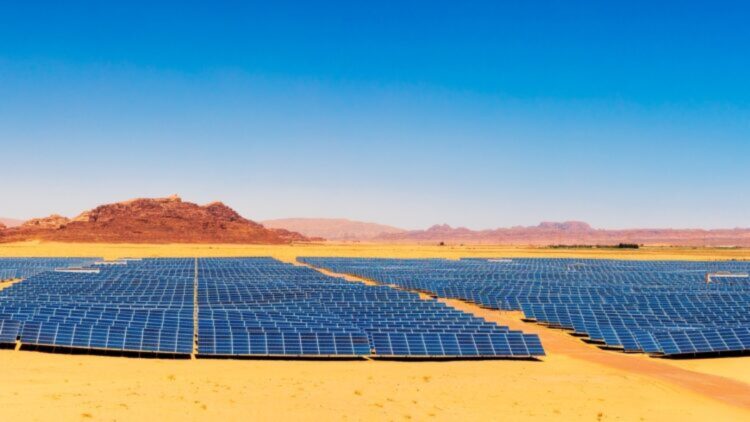A billion photovoltaic desert: What happened to the most ambitious photovoltaic project?
In 2011 the company Solar Reserve presented an ambitious project to build a gigantic photovoltaic power plant in the Nevada desert between Las Vegas and Reno. Ten thousand mirrors would be installed in a spiral around a giant tower using concentrated solar power (CSP), which would be stored in molten salt tanks for later use.
The project cost US$1 billion, which was provided by investors such as CityGroup in loans guaranteed by the US government. State authorities paved the way for the plant to be built on public land and in 2015 it was commissioned amid optimistic acclaim about the future of renewable energy.
However, almost a decade later, in April, the facility was shut down, leaving a photovoltaic wasteland that has cost major investors such as Warren Buffet and the state of Nevada hundreds of millions of dollars. The reason? By the time it opened, the plant’s technology was already outdated compared to much more efficient projects.
Nevada’s photovoltaic desert: Whose fault is this billion-dollar failure?
CSP technology, unlike the solar panels commonly used in photovoltaic plants such as the one Apple plans to install in Spain, consists of a series of mirrors that concentrate the sun’s heat in storage tanks with inorganic molten salts. They can store thermal energy at temperatures of between 290º and 565º.
This thermal energy is used to heat water and produce steam that drives a turbine that generates electricity. However, by 2015, much more efficient systems of this type already existed. This led to solar power generated at the Crescent Dunes photovoltaic desert costing about $135 per MWh, while other plants of the same type were selling their power for about $30 per MWh.
The costs of maintaining the facility and the salaries of the maintenance team eventually made the project unviable, and by last year it had lost its only customer, NV Energy, leading to the plant’s closure. Investors pulled out of the project and sued Solar Reserve for mismanagement of capital.
Biggest US renewables failure: Solar Reserve blames Spanish company
Solar Reserve executives have remained silent when asked for an explanation for the failure of their PV desert, with the exception of co-founder Bill Gould who, after abandoning the project, blamed Spain’s ACS Cobra for selling them faulty storage tanks that leaked.
Despite these statements, the company took no legal action against those allegedly responsible for the disaster. Instead, they justified themselves by saying that mistakes like this are part of the process of transitioning to renewable energy.
Ties between Europe and the United States in the renewable energy market have grown stronger over the years. Recently, the US has bought 3GW of off-shore solar power from us. Given that Solar Reserve’s recriminations do not have a solid basis, the failure of the photovoltaic desert should not represent an obstacle to this type of agreement.

